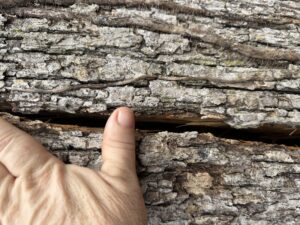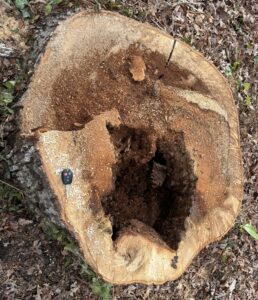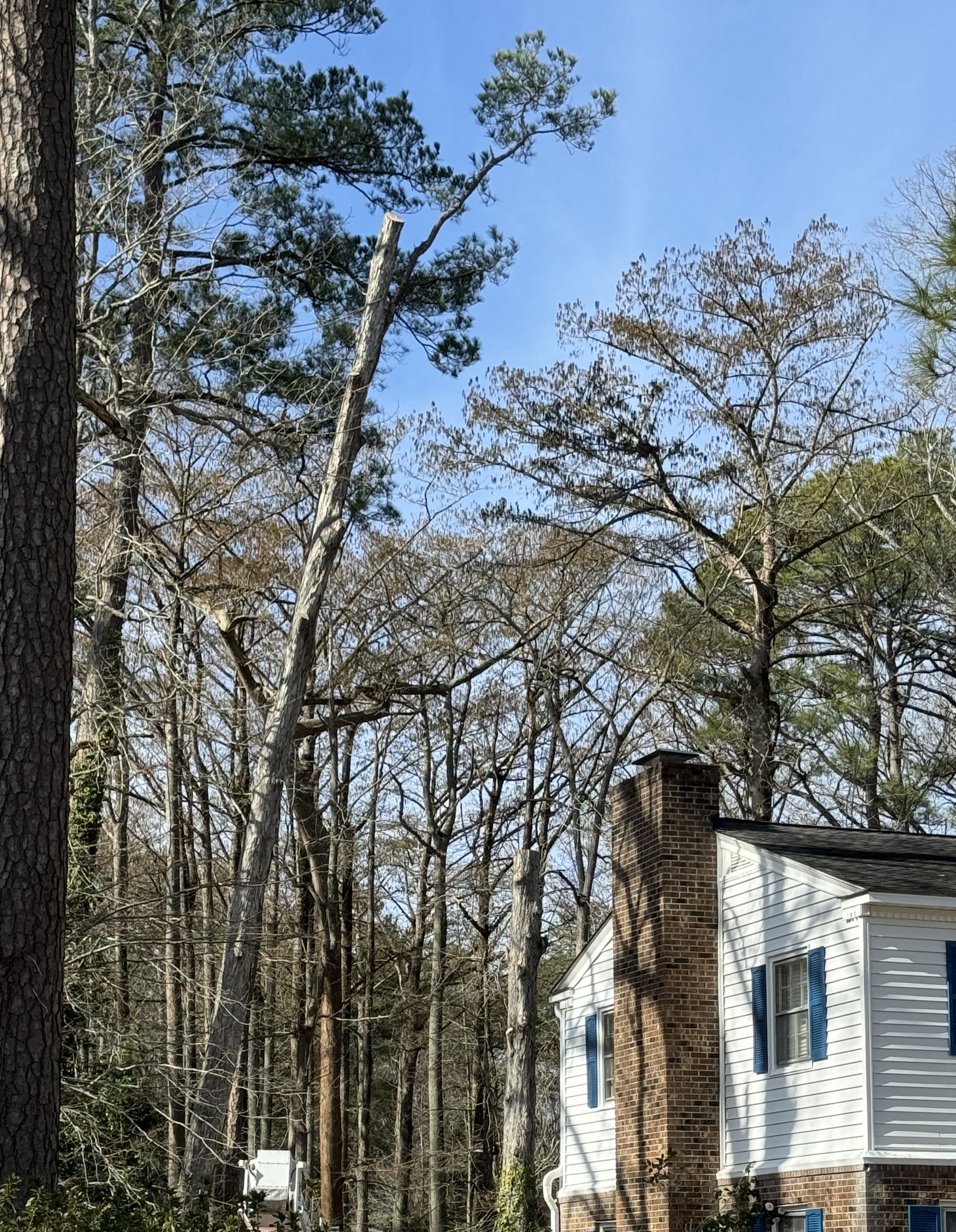Can You Help Me With My Tree?
go.ncsu.edu/readext?1050672
en Español / em Português
El inglés es el idioma de control de esta página. En la medida en que haya algún conflicto entre la traducción al inglés y la traducción, el inglés prevalece.
Al hacer clic en el enlace de traducción se activa un servicio de traducción gratuito para convertir la página al español. Al igual que con cualquier traducción por Internet, la conversión no es sensible al contexto y puede que no traduzca el texto en su significado original. NC State Extension no garantiza la exactitud del texto traducido. Por favor, tenga en cuenta que algunas aplicaciones y/o servicios pueden no funcionar como se espera cuando se traducen.
Português
Inglês é o idioma de controle desta página. Na medida que haja algum conflito entre o texto original em Inglês e a tradução, o Inglês prevalece.
Ao clicar no link de tradução, um serviço gratuito de tradução será ativado para converter a página para o Português. Como em qualquer tradução pela internet, a conversão não é sensivel ao contexto e pode não ocorrer a tradução para o significado orginal. O serviço de Extensão da Carolina do Norte (NC State Extension) não garante a exatidão do texto traduzido. Por favor, observe que algumas funções ou serviços podem não funcionar como esperado após a tradução.
English
English is the controlling language of this page. To the extent there is any conflict between the English text and the translation, English controls.
Clicking on the translation link activates a free translation service to convert the page to Spanish. As with any Internet translation, the conversion is not context-sensitive and may not translate the text to its original meaning. NC State Extension does not guarantee the accuracy of the translated text. Please note that some applications and/or services may not function as expected when translated.
Collapse ▲My tree looks like it is dying and I am worried about it falling on my house. Can you help me with my tree?
This is actually a frequent question that I receive in the extension office. Trees decline for various reasons. Most of the time, it can be traced back to a root issue having to do with disturbance around the root zone, adding soil over the top of the root zone, compacted soil, or just too much water. If you are having construction done on or around your home, block off areas around the trees at least one and a half times the distance from the trunk to the dripline, such that heavy equipment will not traverse over the roots of the trees. The dripline of a tree is the average edge around the circumference of a tree where the branches end. The dripline is also where you would want to fertilize your tree and take soil samples from to send to the NCDA&CS testing lab. If your yard is low in elevation, you can’t just add soil to bring it up in elevation. If you add soil over established tree roots, the roots will be cut off from essential nutrients, moisture, and oxygen, causing the tree to be stressed and, in most cases, die within a season or two. If the soil is compacted from new development or past heavy equipment, the roots will have a very difficult time growing. This causes nutrient deficiency, leads to stress in the tree, and eventual death. Take care to amend and aerate soil before planting trees to avoid this situation. Too much moisture leads to stress in the tree because there is no oxygen available to the roots when soils are saturated. Plant roots must have oxygen in the root zone. This will also cause a problem called root rot. There is no cure for root rot and it will cause sudden to slow death of plants in general.

“Crack” shows a crack that was running vertically along the trunk approximately 12′ long and an inch to two inches wide. Photo by Gene Fox.
Cooperative Extension is here to help you by providing education and diagnosing all of these issues. I have a series of classes that have already started called “What You Need to Know, So You Can Grow.” In this series, I teach classes about soils, vegetables, fruit, turf grass, and ornamentals. However, there is one thing that Cooperative Extension is unable to help you with: Risk Assessment. If you have a tree that is in poor health or declining, and it is in a high-traffic area, public area, or near a structure, then you need to have a risk assessment of the tree. Historic districts or Homeowner’s Associations may require a risk assessment before allowing a tree to be cut as well.

“Hollow Stump” shows a big hollow portion of the tree that caused it to fail structurally. Arborists certified in risk assessment detect hollow trunks in trees to determine their safety. This tree was a ticking time bomb ready to wreak havoc upon the home. Photo by Gene Fox.
A risk assessment is a difficult service to provide, especially on a living tree. An Arborist is a person who is trained and knowledgeable in tree care and management. They go through classes and examinations to be certified in different areas of tree care. To be a certified arborist in the area of risk assessment, it takes years of experience, in addition to satisfactorily passing a rigorous written exam and carrying a hefty amount of liability insurance. To hire an arborist, NC State Cooperative Extension suggests going through the International Society of Arborists to make certain the potential arborist is certified in the area of expertise you are seeking and has all of the necessary credentials. You can visit this site at treesaregood.org to search for a certified arborist near you. There is a charge for their services, which range from risk assessment to rehabilitation to pruning and removal of trees.
While our landscapes can contribute as much as 30% of our home’s value, they can hinder our value as well. Large trees are a major consideration when purchasing a property. Trees may provide a center focal point around which a landscape is built. Trees may provide shade and shelter from prevailing winds which can reduce your electric usage in the summer and winter. A tree assessment is often an afterthought. However, it is imperative that we pay attention to our trees. In an area where we often receive high winds, a landscape must be prepared. A certified arborist is a person who can aid you in maintaining your trees to create a resilient, functional landscape.

“Leaning” shows the tree as it is being cut, even with the main limbs removed it is still leaning directly toward the home. Photo by Gene Fox.
If you are having an issue in your home garden or landscape, send your questions to Gene Fox, Consumer Horticulture Agent with the North Carolina Cooperative Extension Service, at (252)946-0111 or email at gene_fox@ncsu.edu. Check out our Facebook page, Beaufort County Master Gardeners, for The Plant of the Week and Finding Info Friday! Your question might just make the paper!



